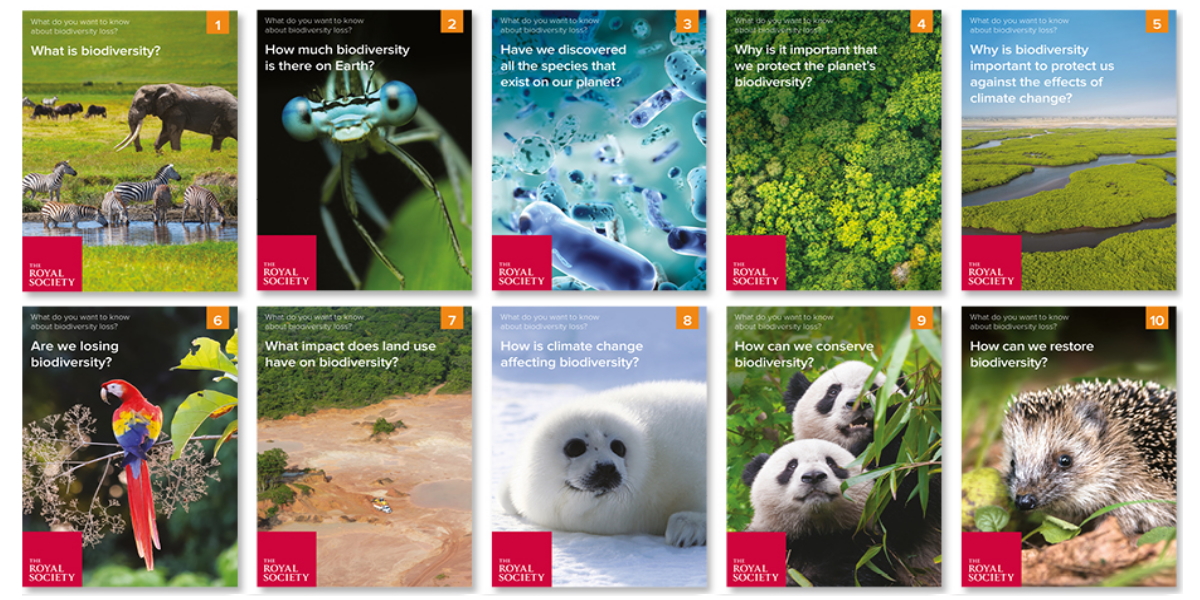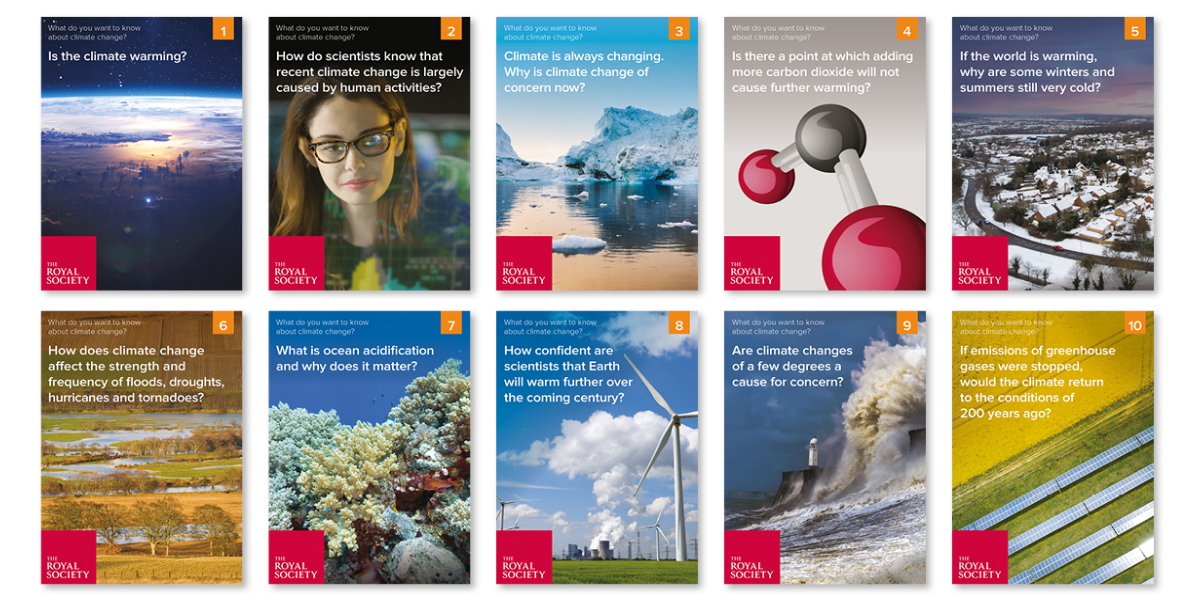Filters
Clear allSubject
- Careers (8) Apply Careers filter
- Climate Change (3) Apply Climate Change filter
- Computing (10) Apply Computing filter
- Cross curricular (7) Apply Cross curricular filter
- Design and technology (46) Apply Design and technology filter
- Engineering (23) Apply Engineering filter
- Food Preparation and Nutrition (3) Apply Food Preparation and Nutrition filter
- Leadership (1) Apply Leadership filter
- Mathematics (19) Apply Mathematics filter
- Personal development (1) Apply Personal development filter
- Psychology (2) Apply Psychology filter
- Science (110) Apply Science filter
- STEM Clubs (2) Apply STEM Clubs filter
Age range
Type
- Activity sheet (94) Apply Activity sheet filter
- Article (1) Apply Article filter
- Data set (2) Apply Data set filter
- Experiment (1) Apply Experiment filter
- Game (3) Apply Game filter
- Group work (4) Apply Group work filter
- Image (4) Apply Image filter
- (-) Remove Information sheet filter Information sheet
- Interactive resource (2) Apply Interactive resource filter
- Open-ended task (1) Apply Open-ended task filter
- Poster (3) Apply Poster filter
- Presentation (45) Apply Presentation filter
- Quiz (2) Apply Quiz filter
- Research (2) Apply Research filter
- Self assessment (1) Apply Self assessment filter
- (-) Remove Teacher guidance filter Teacher guidance
- Video (12) Apply Video filter
- Include Physical Resources (0) Apply Include Physical Resources filter
Showing 136 results
Students will begin by comparing the range of temperatures on the Earth, Mars and the Moon, using the student worksheet ‘Temperature: from one extreme to another!’ They will have to plot the temperature over a ten-day period from 4 September to 13 September, as measured by three different craft that landed on the...
This activity, from the Institution of Engineering and Technology (IET), requires students to compete to make the strongest electromagnetic tool holder for a surgeon's robotic arm.
It is intended that students will be...
From The Centre for Industry Education Collaboration (CIEC), this booklet is the forerunner of its Understanding Food Additives web site. The booklet contains information on a range of food additives and extensive suggestions for practical activities to investigate food and food additives.
Food additives...
This resource looks at measuring sizes of hands and presenting data.
Suggested Learning Outcomes
- To understand what is meant by ergonomics and anthropometrics in design.
- To be able to give examples of ergonomic design and the use of anthropometric data.
- To...
Volcanoes can be found on many planets and satellites in the Solar System, although not all volcanoes are the same as those found on Earth. It is the conditions on the planet and its composition that determine the shape of the volcanoes and the material that is erupted.
Students will use topography data to...
The spacecraft that have orbited around Mars and landed on its surface have shown us (via images and data) that there is no liquid water on the surface of Mars. However, these satellite images have also revealed to us features that appear to have been created or carved out by flowing water. In fact, scientists feel...
Scientists must design and evaluate many ways of extracting water from the lunar permafrost before planning lunar colonies and manned missions using the moon as a base.
In this activity students will construct a solar water collector. Using the collector, students will collect and calculate the amount of...
This activity, from the Institution of Engineering and Technology (IET), provides an opportunity to assess students understanding of remote surgery.
It is intended that students will:
• Understand what remote...

These evidence-based, question and answer style classroom resources can be used to engage students of all ages...

These evidence-based, question and answer style classroom resources can be used to engage students in the climate...
In this activity students take on the role of Earth observation scientists submitting a request for an image they would like for their research. This gives them the opportunity to consider the possibilities of pictures taken from orbit (and the limitations) and to write scientifically for a specific audience. It...
This resource, from the Institution of Engineering and Technology (IET), allows students to investigate the wide range of sophisticated imaging technology available in modern hospitals, and to explore the latest ideas in search-and-rescue robotics.
...In this practical activity, from the Institution of Engineering and Technology (IET), students investigate aspects of signal processing. Working in teams, students convert an analogue brain signal into a digital format and transmit it across the classroom to another...
In this activity, from the Institution of Engineering and Technology (IET), students carry out some data analysis to find the best material from which to make a prosthetic foot. They plot graphs of stress against strain and calculate the modulus of elasticity for a...
Man-made satellites are put in specific orbits around our Earth and other planets to do certain jobs e.g. to send digital communications or to monitor the weather. These orbits can be distinguished by height above the planet and the orbital period. The orbits of natural satellites are much more varied and these...
